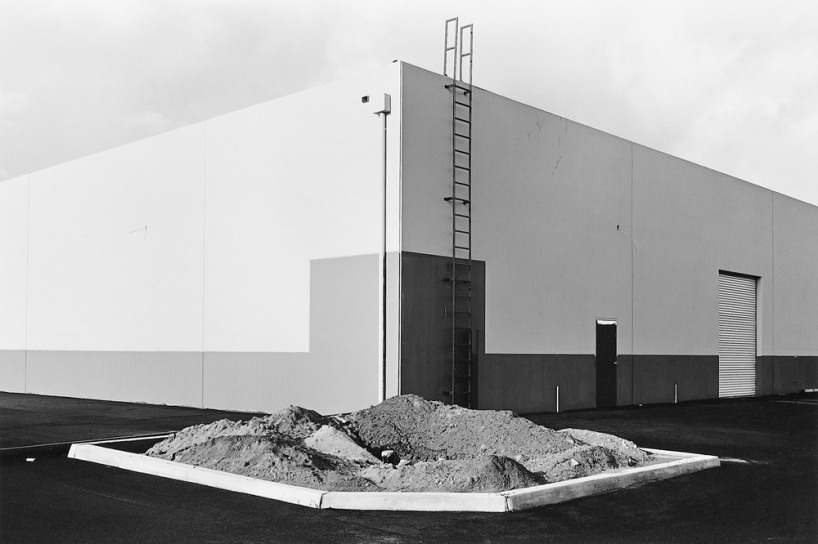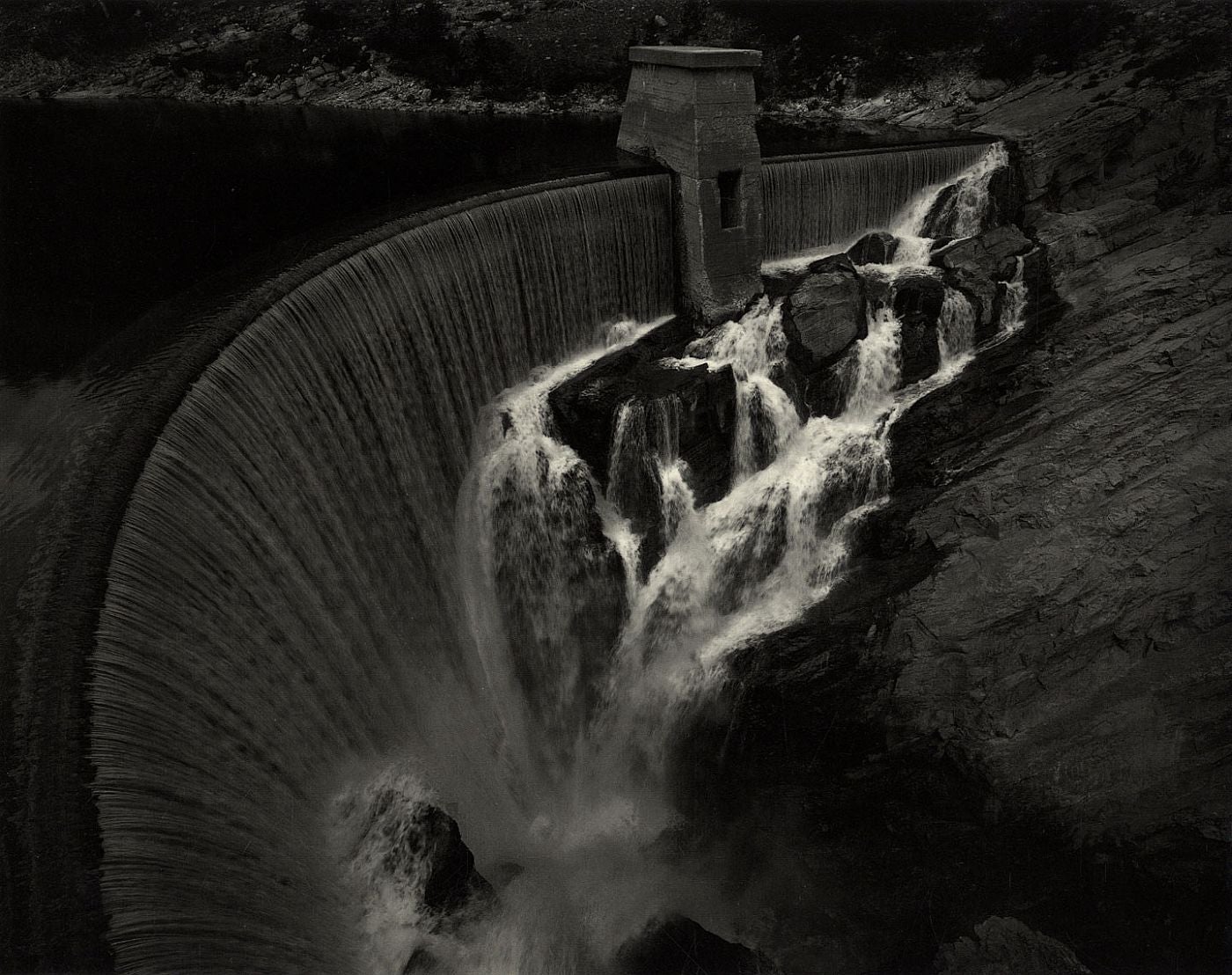When I think about what painters should paint, a few things come to mind immediately: flowers (or still lifes), vast landscapes (i.e. mountains, rivers, lakes, valleys), & portraiture. It should be in a semi-recognisable ‘style’, fairly representational (i.e. look like the thing it’s supposed to be), and beautiful. To me, those things are what comprise a ‘painting’.
Or are they?
What about the ordinary things that others don’t notice because they’re part of the everyday – malls, hardware shops, rubbish on the side of the road, a homeless person. Are these the sorts of things painters should paint? Would they sell if they were painted? If they didn’t sell, does that mean they are bad paintings?
What about photography? What should people take photos of?
I’ve recently discovered The New Topographics – a photographic movement of the late 60s and early 70s in America where photographers started taking pictures of the unextraordinary – and, I mean, the really unextraordinary. When we look at these photos in today’s image-saturated culture, it’s easy to think, “What’s the big deal? People can take photos of whatever they want?” But, at the time, these were photos of things people thought you shouldn’t take photos of.


What the photographic artists were doing, of course, were creating images they thought were important – reflecting on the sprawl of human habitation into places that humans had not been before. But to people ‘used to’ looking at ‘photographs’, these images could be described as banal, unphotographic, and ordinary.
Similar leaps into the unextraordinary also happened in Japan at similar times – photographers like Daido Moriyama and Toshio Shibata were making photographs that no one in Japan had seen before: prostitutes and industrial infrastructure. Capturing these images was not what photography was for, but they did it anyway. They caused a stir.


In both of these cases, these Japanese and American photographers moved photography on. As one expert described – they gave us permission to take photographs of new and different things.
And so, when I look at what’s going on in Children’s Literature, I can’t help but think, what should an illustrator illustrate? Happy children interacting with happy animals? Bears in bow ties, elephants wearing pyjamas? What about diversity – able-bodied kids of colour? Same-sex parents? What’s too far? What are we not ready for?
What we’re not supposed to draw are children with missing limbs. Children who may be improvising their way through life with low vision or blindess. Children dealing with chronic illness. Children interacting in the ‘real’ world – a world of climate change and natural disasters, rising homelessness and inequality, a world of prejudice, bias, and one where where humans and robots co-exist. A world as it exists, with all it’s messiness, joy, sadness, happiness, excitement and despair.
But what if we did? I’m not sure anyone would buy it, but would it do what The New Topographics did for photography? Would it move us on? Would it give us permission to draw things that have not been drawn before? Maybe it’s worth a try.

